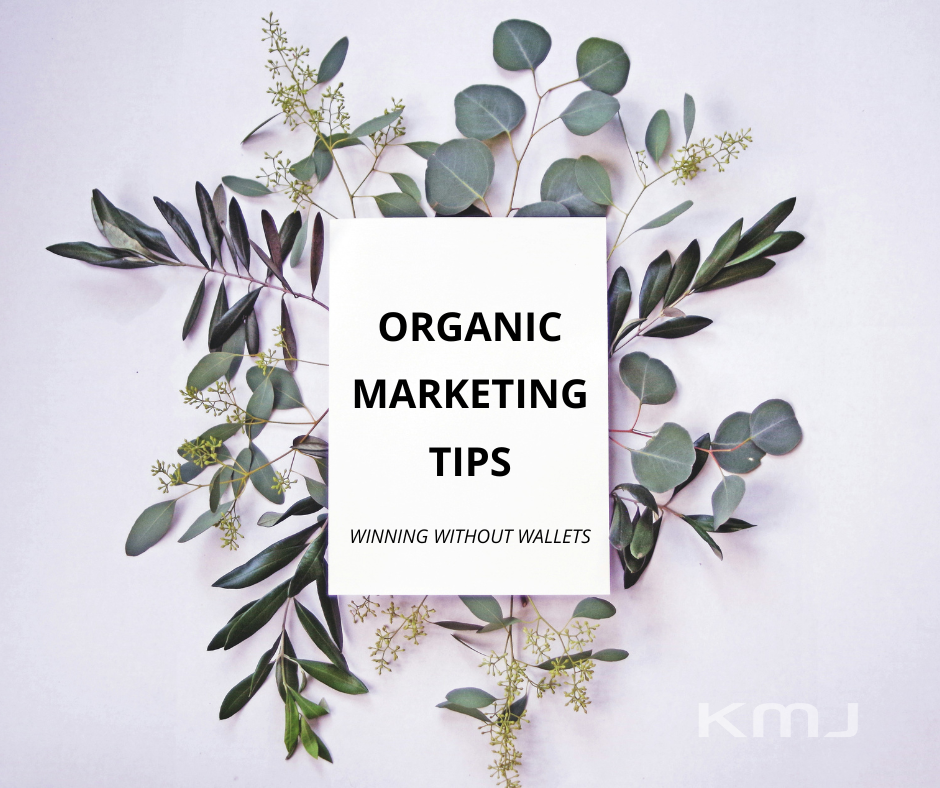You know how when you go to your favorite coffee place or shop online at your favorite store and they ask if you want to join their rewards program? They even include discounts on a purchase today or in the future and since you go there so much already that you figure, why not? This is becoming a very popular and normalized part of shopping nowadays and this is because it is the new way for businesses to track your data since cookies are projected to disappear by the end of this year. Loyalty rewards programs might be more appealing to consumers than cookies because consumers have more of a choice in their information being used now and there are even incentives included. Before, they were just having their information collected and used but now consumers can receive discounts on stuff they already want to buy if they volunteer their information instead, which seems like a much better deal in the customer’s mind. “Effectively, customers are willing to share personal data if they feel they are receiving back something of value, and loyalty programs easily offer that relationship” (Sandler). It’s kind of a win-win situation though because businesses benefit by encouraging the user to make a purchase from them while also collecting some of the customer data that they can use towards personalized ad targeting. “‘As a result, companies create loyalty programs to collect first-party data on as many customers as possible…This data gives them the insight to identify, differentiate customers and create personalized marketing strategies’” (Tierney).
It is not always accurate or easy to gather enough website data from users while they are on a site so these loyalty programs are helpful in that way but they aren’t an exact science. Obviously, the offers included with the rewards program have to be relevant to the customer’s needs and it is difficult to market to everyone. Also, not every company can incorporate a program like this for the business they provide so this primarily helps ecommerce companies. Alternative ways for non-ecommerce companies to still collect first party data in a similar way could be just offering different kinds of rewards. “These perks don’t have to be based on purchases…Instead, rewards could be earned by connecting a social media account, referring a friend…or completing a survey” (OptiMonk). Basically loyalty rewards programs are proof that cookies may be ending but this is only the beginning of the newest data tracking trend.
Sources:
Author, Guest. “How to Increase Customer Loyalty with Data – Optimonk Blog.” OptiMonk, 19 Nov. 2021, https://www.optimonk.com/4-ways-data-boosts-customer-loyalty/.
Sandler, Emma. “Brands Turn to Loyalty Programs to Ease into a Post-Cookie World.” Digiday, 2 Apr. 2021, https://digiday.com/media/brands-turn-to-loyalty-programs-to-ease-into-a-post-cookie-world/.
Tierney, Jim. “The End of Third-Party Cookies: How Your Loyalty Program Can Help.” Clarus Commerce, 19 Oct. 2021, https://www.claruscommerce.com/blog/the-end-of-third-party-cookies-how-your-loyalty-program-can-help/.







